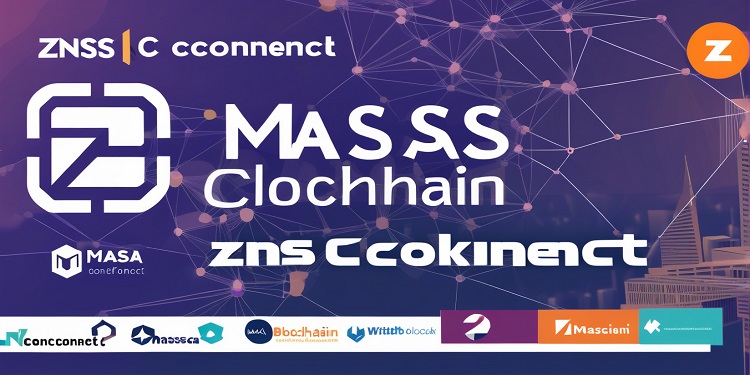Cboe Exchange has verified that VanEck intends to introduce a Solana-based Exchange-Traded Fund (ETF), following its submission of a 19b-4 filing with the US Securities and Exchange Commission (SEC). While interest in a potential XRP ETF has risen since Ripple’s partial victory over the SEC last year, VanEck has not revealed any plans for such a product. Matthew Sigel, VanEck’s Head of Digital Assets Research, clarified that the choice of Solana over XRP was driven by technical and regulatory factors.
Decentralization and Regulatory Compliance
In an interview with Tony Edwards of Thinking Crypto, Sigel elaborated on the rationale behind selecting Solana. He noted that the decentralization characteristics and the blockchain structure of both Ethereum (ETH) and Solana (SOL) are similar. He emphasized that no single entity holds control over 20% of the Solana network or has the capacity to halt the chain, underscoring the importance of decentralization for asset managers, as the SEC has frequently highlighted this aspect in its crypto assessments.
Criteria for ETF Approval
A recent review of a GSR report identified the existence of a federally-regulated futures market as a key criterion for an asset to be considered for ETF approval. Currently, only Bitcoin (BTC) and Ethereum (ETH) meet this requirement. Sigel pointed out a discrepancy in this assessment, mentioning that there are several ETFs in the market that do not have a significant futures market. He suggested that this precedent might facilitate the approval of the first Solana ETF in the US, although he acknowledged that approval might be more straightforward under a different SEC chair.
Sigel remarked that focusing on a regulated market of significant size, such as the Futures Market, offers a lenient perspective. He highlighted that various ETFs, such as those related to power, shipping, and uranium markets, exist without a significant futures market, indicating that the futures market is not always crucial to price formation in these markets.
Challenges with XRP
Addressing the potential for an XRP ETF, Sigel identified two main challenges: internal convention and customer demand. These factors make XRP a less likely candidate for consideration. He described the ETF decision-making process as involving multiple stakeholders, including exchanges, market makers, and custodians, who engage in complex deliberations. Following these discussions, the focus shifts to achieving regulatory clarity for the underlying asset.
Future Prospects for Solana and Other Cryptocurrencies
Sigel outlined the steps necessary for bringing a Solana ETF to market, emphasizing the need for regulatory clarity. He indicated that once a SOL ETF is established, issuers might explore ETFs for other proof-of-stake coins. He envisioned a scenario where, over time, the foundational elements would be assembled, leading to the development of top 5 or top 3 ETFs.
In conclusion, VanEck’s decision to pursue a Solana-based ETF reflects a strategic approach influenced by technicalities and regulatory considerations. The emphasis on decentralization and the potential to navigate existing regulatory frameworks are central to this initiative. As the cryptocurrency landscape evolves, VanEck’s efforts to introduce a Solana ETF underscore the dynamic nature of the market and the ongoing quest for regulatory clarity. This development highlights the broader trend of integrating blockchain technology into mainstream financial products, paving the way for future innovations in the ETF space.









